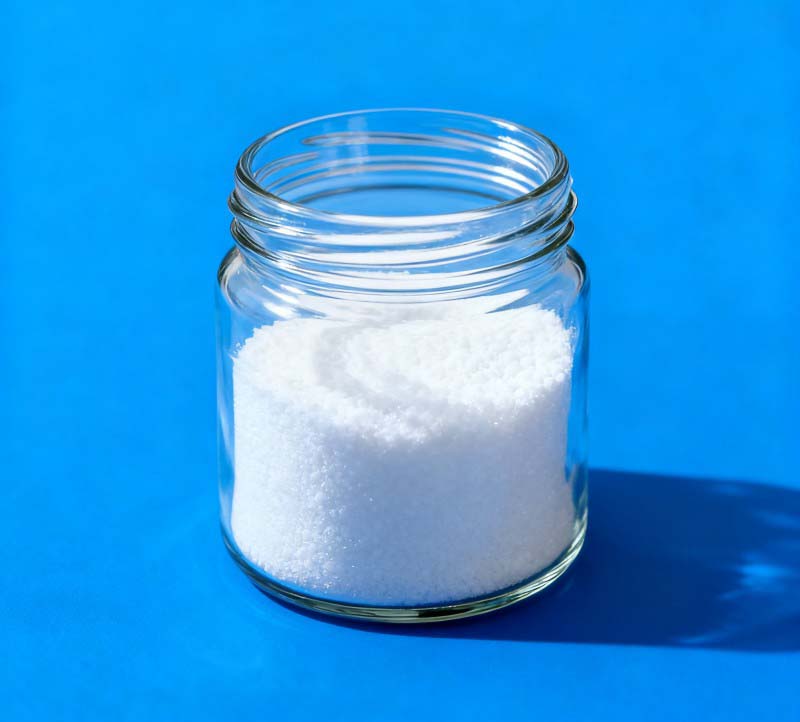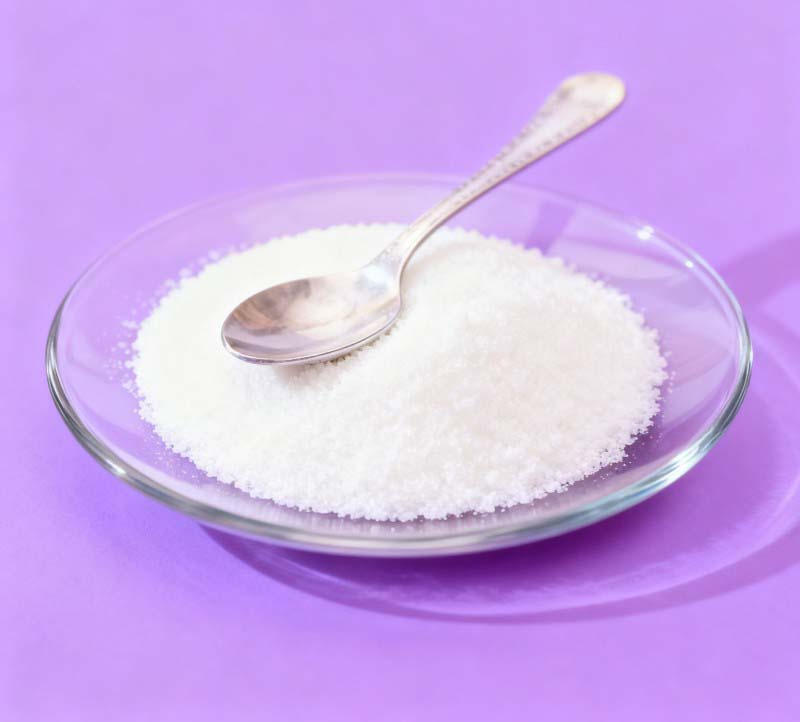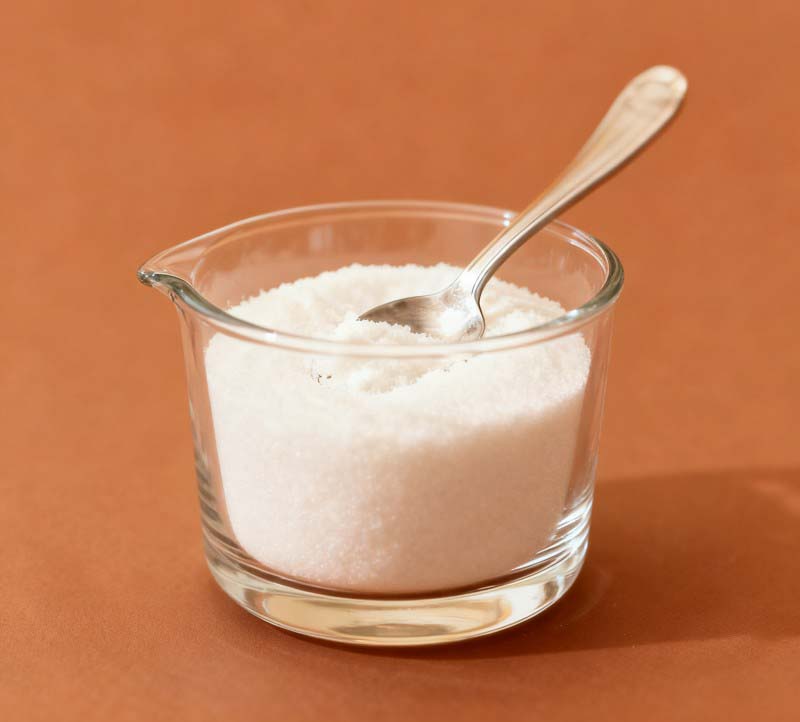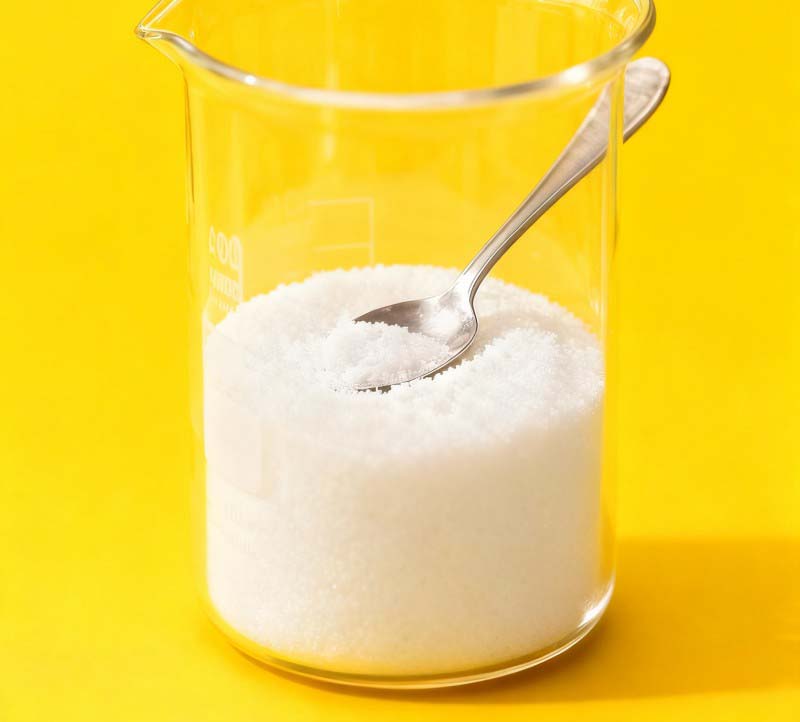The Biotin Pathway: From Metabolism to Lab Applications
The search term “biotin pathway” reveals a user’s need to understand the journey and functional mechanisms of this essential vitamin (B7, or Vitamin H) within biological systems. This article provides a comprehensive overview, from its core metabolic role to its critical applications in biotechnology.
Biotin is a water-soluble B-vitamin that serves as a crucial coenzyme for a group of enzymes known as carboxylases. The biotin pathway refers to the entire process of how biotin is ingested, processed, activated, and utilized by the body, and how it is recycled.

The central function of biotin is to act as a mobile carrier of activated carbon dioxide (CO2). This process, called carboxylation, is fundamental to several key metabolic pathways.
The Mechanism in Three Steps:
Activation: Biotin becomes covalently attached to a specific lysine residue on a carboxylase enzyme. This attachment is catalyzed by an enzyme called holocarboxylase synthetase (HCS). The biotin molecule now bound to the enzyme is called the “biotin prosthetic group,” and the functional enzyme is called a holocarboxylase.
Carboxylation: The biotin ring travels to the active site of the carboxylase enzyme, where it picks up a molecule of CO2. This reaction is energy-dependent, requiring ATP.

Transfer: The carboxylated biotin (biotin-CO2) then swings back to a different site on the enzyme (the transcarboxylase site), where it transfers the CO2 to a specific target molecule (substrate).
Key Carboxylase Enzymes and Their Roles:

The body cannot synthesize biotin; it must be obtained from the diet (e.g., eggs, nuts, liver) or from gut microbiota. The pathway also involves:

Disruptions in the biotin pathway lead to serious genetic disorders, primarily caused by deficiencies in the recycling or activation enzymes.
One of the most powerful applications of the biotin pathway concept is in laboratory science. It leverages the incredibly strong (non-covalent) interaction between biotin and a protein called avidin (or its bacterial cousin, streptavidin).
This avidin-biotin complex is the cornerstone of numerous techniques: